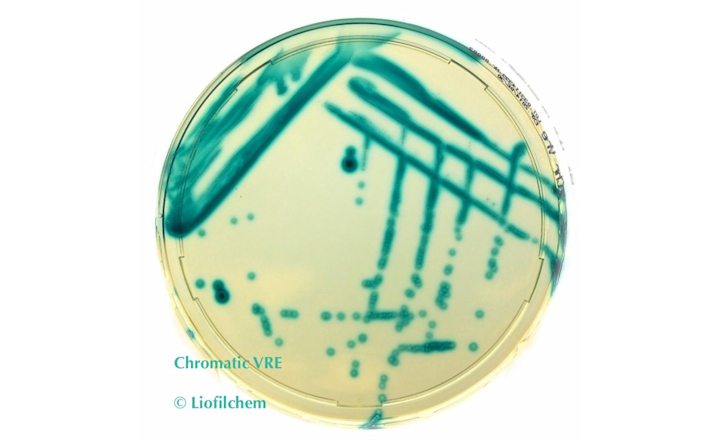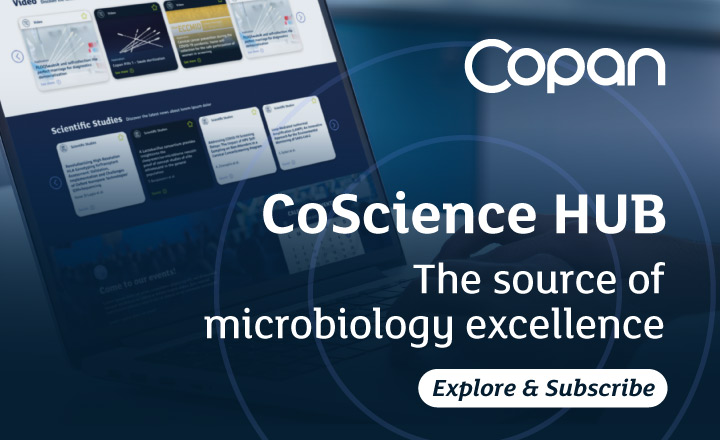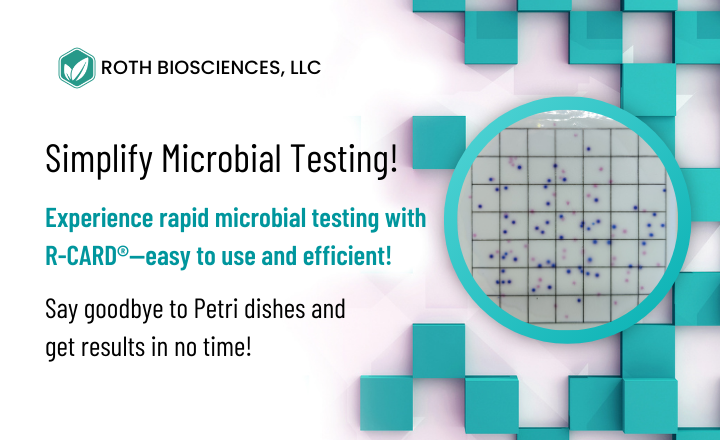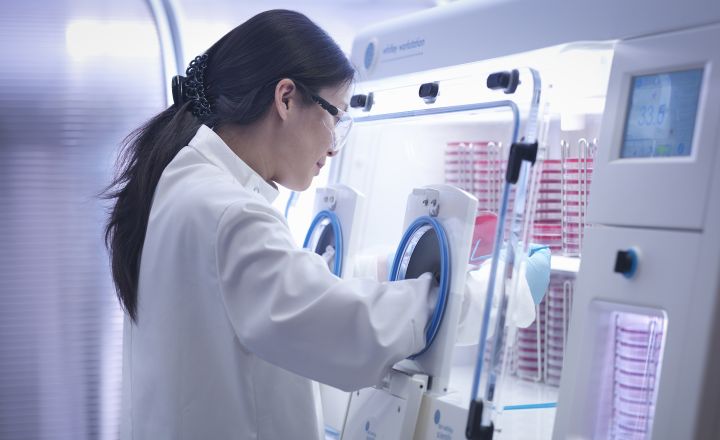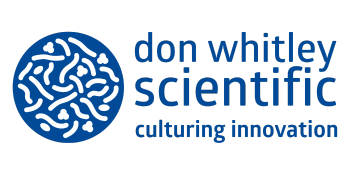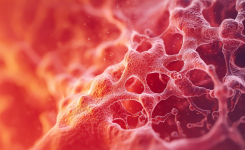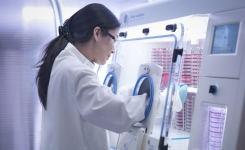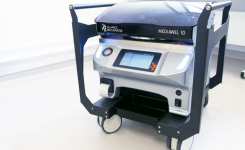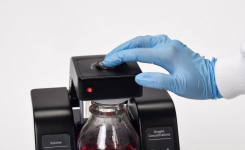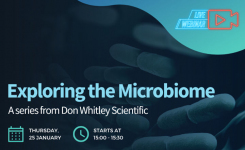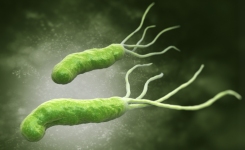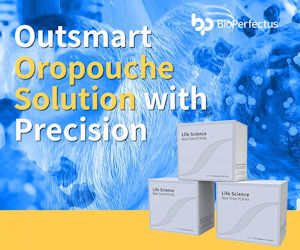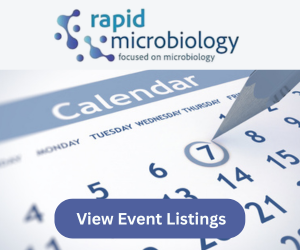The Clostridium genus is large and diverse, with great variability in genotype and phenotype, which has led to the formation of several Clostridium clusters and reclassifications in recent years, notably Clostridioides difficile being reclassified in 2016 and other members being put forward for reclassification presently[1]. It is generally now accepted that the true Clostridium genus consists of approximately 118 strains that are somewhat phenotypically close to the type species Clostridium butyricum and are recognised as Clostridium sensu stricto [2]. These micro-organisms are obligately anaerobic (with a few exceptions), rod-shaped, gram-positive, and endospore-producing. Several species are commensals of the gut as well as being opportunistic pathogens, thus being responsible for causing disease via a host of virulence factors, including the secretion of exotoxins [3].
Due to the rise in AMR, and the stunted development of new antibiotics within the pharmaceutical industry, research has turned to looking at pathogen-associated genes (PAGs) that potentially encode uncharacterized proteins and represent an untapped wealth of new targets for novel drug development[4]. Furthermore, Anti-virulence therapies are an alternative approach to antibiotics that aim to attenuate bacterial virulence rather than target cellular components or functions, and also protecting the microbiota and mitigating the risk of AMR development[4].
Derix et al. (2022) studied the in vitro and in vivo effects of lactose on Clostridium perfringens α toxin production and activity, as well as anti-α toxin antibody levels in calves at 10 weeks old[3]. The team found that there was a concentration-dependent inhibitory effect of lactose on α toxin activity in vitro. The in vivo experiment then showed that anti-α toxin antibody levels of high-lactose animals declined, thus suggesting a natural decline in maternal immunity of lactose-consuming animals and dietary lactose-reducing C. perfringens α toxin production in vivo, which may lead to a decrease in antigen presentation. This puts lactose-consuming calves at higher risk of developing necro-hemorrhagic enteritis.
Roseboom et al. (2023) recently sequenced the genes located within plasmids that encoded for toxin virulence in C. difficile that were isolated from patients with recurrent infection (rCDI)[5]. They found circular extrachromosomal dsDNA from 4 clinical isolates that were within the same plasmid family[5]. The team used a Whitley Anaerobic Workstation to have optimal anaerobic growth conditions for fastidious anaerobes and a Whitley WASP Touchspiral plater to enumerate overnight cultures that had been subjected to conjugation and to select isolates that had successfully conjugated.
If you are interested in hearing more about the research surrounding this topic, register for our free webinar, ‘ Toxigenic Clostridia in Humans and the Environment,’ which will be presented by Don Whitley Scientific on Wednesday, 12th April!
References- Paul A. Lawson, Liz Saavedra Perez, Krithivasan Sankaranarayanan (2023) Reclassification of Clostridium cocleatum, Clostridium ramosum, Clostridium spiroforme and Clostridium saccharogumia asThomasclavelia cocleatagen. nov., comb. nov.,Thomasclavelia ramosa comb. nov., gen. nov.,Thomasclavelia spiroformis comb. nov. andThomasclavelia saccharogumia comb. nov. International Journal of Systematic and Evolutionary Microbiology
- Cong-Jian Li, Zhen Zhang, Peng-Chao Zhan, Ai-Ping Lv, Pan-Pan Li, Lan Liu, Wen-Jun Li, Ling-Ling Yang, Xiao-Yang Zhi (2023) Comparative genomic analysis and proposal of Clostridium yunnanense sp. nov.,Clostridium rhizosphaerae sp. nov., and Clostridium paridis sp. nov., three novel Clostridium sensu stricto endophytes with diverse capabilities of acetic acid and ethanol production. Anaerobe Volume 79
- Jill Derix, Richard Ducatelle, Bart Pardon, Evi Croes, Niels Groot Nibbelink, Linda Van Deurzen-Duineveld, Filip Van Immerseel, Evy Goossens (2023) The in vitro effect of lactose on Clostridium perfringens alpha toxin production and the implications of lactose consumption for in vivo anti-alpha toxin antibody production. Journal of Dairy Science
- Wing Yin Venus Lau, Patrick K. Taylor, Fiona S. L. Brinkman, Amy H. Y. Lee (2023) Pathogen-associated gene discovery workflows for novel antivirulence therapeutic development.eBioMedicineVolume 88
- Anna M. Roseboom, Quinten R. Ducarmon, Bastian V.H. Hornung, C´eline Harmanus, Monique J.T. Crobach, Ed J. Kuijper, Rolf H.A.M. Vossen, Susan L. Kloet, Wiep, Klaas Smits (2023) Carriage of three plasmids in a single human clinical isolate of Clostridioides difficile. Plasmid



